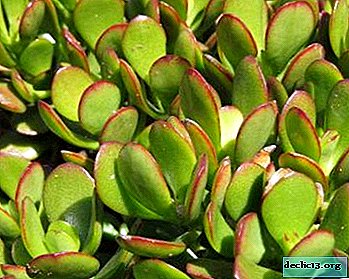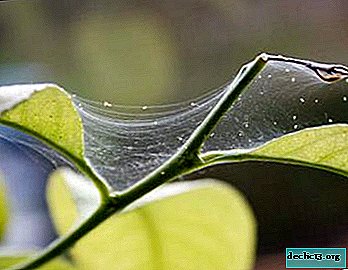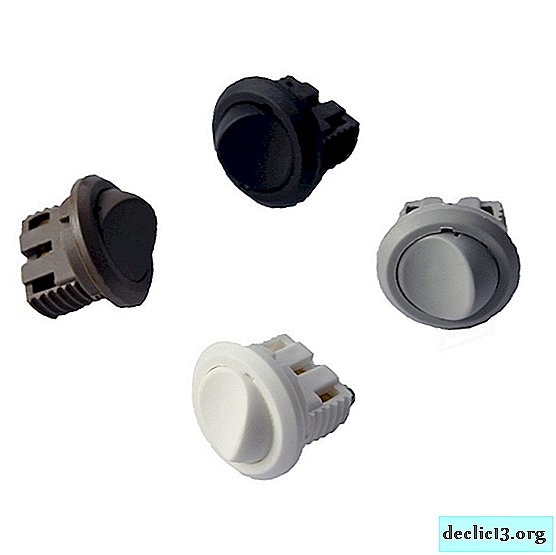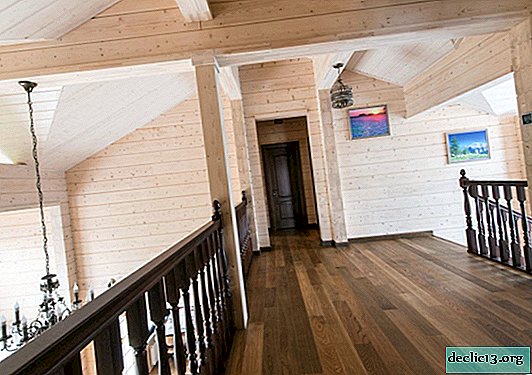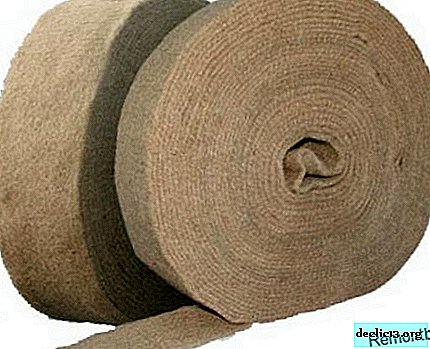How to grow young from seeds at home? Useful tips for gardeners
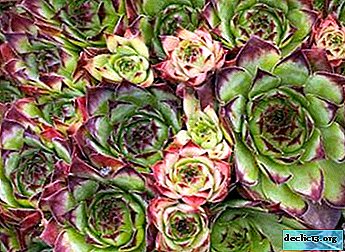
Thawed (translated from Latin “eternally alive”) is a perennial succulent of the family Tolstyankovye. A stone rose, as they call it young, is an unpretentious plant that can survive in any conditions.
Succulents are usually grown outdoors. But at home on the windowsills it feels good, easily takes root and coexists with other plants. So, how to grow a stone rose from seeds at home?
Breeding species
Easier and faster young breeds propagated vegetatively. From the mother plant, daughter sockets are split off. It is not practical to propagate seeds. But if there is no way to get a socket young, then you can try to grow it from seeds.
The seed method of growing a culture implies a long development cycle and a complete loss of the varietal qualities of the flower. This method of propagation is justified only in order to obtain new hybrids with interesting leaf shapes or colors.
Obtaining seeds yourself is problematic: you need to have flowering plants of different sexes at the same time and guess the moment of a flower stall, which only experienced gardeners or breeders can do.
The choice of material for sowing
The seeds were young, very small, dust-like. These small peas can be examined only under a microscope. With the naked eye, it is difficult to distinguish seeds from young plants from cactus seeds.
Recommendation. It is better to buy from trusted suppliers in specialized stores where quality control of seeds is carried out and there is a guarantee of germination.Soil preparation
 For planting seeds, it is necessary to fill shallow containers (depth 3-4 cm) with a mixture of sand and peat chips (1: 1). Another option for the soil: large washed river sand and garden soil in a ratio of about 2: 1.
For planting seeds, it is necessary to fill shallow containers (depth 3-4 cm) with a mixture of sand and peat chips (1: 1). Another option for the soil: large washed river sand and garden soil in a ratio of about 2: 1.
If there is no possibility and desire to prepare the soil for sowing seeds, you can choose a ready-made soil for cacti and succulents in the store, but add a little charcoal to it, which will protect the root system from excess moisture and decay. The chemical properties of the soil should not be acidic.
After filling the tanks, the soil must be leveled and moistened with a weak solution of any biostimulator - Kornevin, Heteroauxin, Zircon (2-3 ml per 1 liter of water).
Sowing
Sowing seeds can be carried out in late winter or early spring (February-March). You need to take a bag of seeds and evenly distribute them on the surface of the container. Seeds are buried in the ground no more than 1 mm. Sprinkle on top of the ground is not necessary. You can powder lightly with sand. Cover the container with foil or glass.
For good seed germination you need:
- Provide bright diffused light and a constant air temperature of about 23-25º C.
- The soil should be kept moist at all times. Watering is carried out 2 times a week.
- It is also necessary to ensure the ventilation of the containers for 10-15 minutes a day, that is, remove the film or remove the glass.
Growth and development
The first shoots appear in 5 days, and after 7-10 days you can see the friendly shoots of a stone rose.
Reference. After two weeks, the glass (film) can be completely removed. Watering the plant should be moderate.Small sapling sockets can be planted in separate plates two months after planting seeds. During this period, the size of the outlet reaches 1 cm or more, you can pick them up and work normally with them.
When transplanting, the distance between the bushes should be from 3 to 15 centimeters, depending on the type and variety of young. The pot into which the plant will be transplanted must be drained with a nutshell or expanded clay to one third of the capacity. After the transplant, plant care is as normal as an adult plant.
Care
 Lighting. Youngsters prefer window sills on the sunny side. But if there are no windows on the sunny side, then the plant will still feel good.
Lighting. Youngsters prefer window sills on the sunny side. But if there are no windows on the sunny side, then the plant will still feel good.But under different lighting conditions the young can have a different color. In the bright sun, rosettes are small and brightly saturated in color, and in the shade the juvenile has large rosettes, often the leaves are loosely arranged, but the saturation of the color of the leaves is lost. On completely dark window sills, the young will stretch in length, thereby losing its decorative appearance.
- Temperature mode. If, when sowing seeds, it is necessary to observe the temperature regime of 23-25º C, then after emergence, the seedlings are absolutely unpretentious to temperature fluctuations. The youngster is able to withstand low temperatures and hot days without difficulty.
- Watering. Stone rose, as a typical succulent, is adapted to accumulate moisture and stay for a long period of time without water. With home care, the plant can be provided with more comfortable conditions: you can limit yourself to a small watering once a month in winter and twice a month in summer.
Attention! When watering, the following rule must be observed: avoid penetration of liquid into the center between the leaves, as the process of decay can begin. The plant may die.
- Fertilizing with fertilizers. If you plant the young in the soil, as mentioned above, then additionally feeding the plant is not required. Stone rose practically does not need additional fertilizing. Moreover, they only bring harm to the plant, forcing them to stretch up and lose their decorative appeal. You will learn all the details about landing and subsequent care at home in this article.
The root system was young and small and superficial. Nutrients are taken from the soil slowly. The nearest top dressing can only be for 4 years of plant growth and development.
When to wait for flowering?
- A week after sowing, the first seedlings of young plants are hatching in disordered rows.
- After a month, all viable seeds germinate and the slender green rows of the plant are visible in the container.
- After two months, the seedlings are decorated sockets that need to be transplanted into separate containers.
- Three months later, each rosette is rooted in its own container.
- Two years later, rarely a year later, the young flower blooms.
Each rosette of young flowers blooms only once in a lifetime, and then dies. Flowering takes life from the outlet. In place of the old dying outlet, there are many new baby sockets that are seated in other containers. The flowering period is in the month of July. By time, the plant blooms for about 1 month.
Recommendations
 If the seedlings do not bloom, but really want, then it is necessary to arrange unfavorable conditions for the plant: drive into stress. A good stressful situation for youngsters will be a thickened planting. Even very small sockets can bloom in conditions of thickened plants.
If the seedlings do not bloom, but really want, then it is necessary to arrange unfavorable conditions for the plant: drive into stress. A good stressful situation for youngsters will be a thickened planting. Even very small sockets can bloom in conditions of thickened plants.
It happens that a week or two passes, but there are no seedlings. You can continue to wait for seedlings in the first container, as in rare cases, seedlings appear after a month. At this time, buy seeds from another supplier and, again, observing all the technology of the growing process, achieve a good result.
You need to try, experiment, then everything will surely work out. Sometimes housewives pour out the soil with seedlings that have not come to sprouts to other flowers, and after a while, seedlings are found young in other pots.
Conclusion
Sempervivum is an unpretentious plant. It can be grown as a family in large flat containers or can be grown in small individual containers. A huge number of varieties of this plant has made it a popular green pet for home and garden flower gardens. You can arrange a beautiful composition right at home on the windowsill.

 Lighting. Youngsters prefer window sills on the sunny side. But if there are no windows on the sunny side, then the plant will still feel good.
Lighting. Youngsters prefer window sills on the sunny side. But if there are no windows on the sunny side, then the plant will still feel good.




